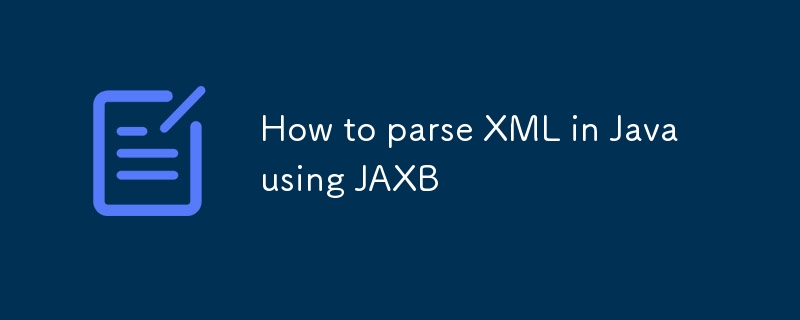
Course Introduction:First, you need to add JAXB dependencies, then create a Java class with JAXB annotation, then use JAXBContext and Unmarshaller to parse the XML file, and finally get the data through getters; 1. For Java9, you need to add jaxb-api and jaxb-runtime dependencies in Maven or Gradle; 2. Create a POJO class and use @XmlRootElement, @XmlElement, etc. to map the XML structure to ensure that it contains a parameterless constructor; 3. Use JAXBContext.newInstance() to create a context and call createUnmarshall
2025-08-31 comment 0 748

Course Introduction:Reflection is a powerful feature in Java, allowing programs to dynamically check and operate classes, methods, fields, etc. at runtime. The core answer is: implement dynamic behavior through the java.lang.reflect package and Class class. 1. Frameworks such as Spring, Hibernate, and JUnit use reflection to instantiate objects, inject dependencies, and discover test methods; 2. JSON serialization library (such as Jackson) reads fields and annotations and sets values through reflection; 3. The plug-in system uses Class.forName() to dynamically load classes and creates instances; 4. Runtime annotation processing is judged and executed through isAnnotationPresent; 5. Debugging and testing tools use reverse
2025-08-08 comment 0 292

Course Introduction:Use the pypdf library to read PDF files, extract text and metadata through PdfReader; 2. Use the fpdf2 library to create PDFs, add pages, texts, etc. through FPDF class and save them; 3. Use pypdf to merge, split or encrypt PDFs, and implement them through PdfWriter operations; 4. For scanned PDFs, combine pdf2image and pytesseract for OCR recognition, convert PDFs into images and then extract text. Summary: pypdf is used for reading and editing, fpdf2 is used for generation, OCR requires additional tools, PDF processing should be mainly generated and combined rather than directly editing, and task completion ends with a period.
2025-08-30 comment 0 432

Course Introduction:Parsing CSV files can be implemented in Java in many ways, and it is recommended to use third-party libraries to handle complex situations. 1. Use the OpenCSV library (recommended): First add Maven or Gradle dependencies, then read all rows through CSVReader and iterate over the output, or use CsvToBeanBuilder to map CSV rows to Java objects (such as Person class). Make sure that the CSV header matches the field name. 2. Use Java built-in class: read line by line through BufferedReader and split fields with split(","), but this method cannot handle quotation commas correctly, and it only works for simple CSV files without commas. 3
2025-08-23 comment 0 950

Course Introduction:JUnit is the preferred framework for Java unit testing because of its simplicity, stability and extensive integration. Using JUnit can improve code quality, especially when modifying or extending features. To start writing the first test, you need to: 1. Add dependencies; 2. Create a test class and end with Test; 3. Use the @Test annotation method and write assertions. Practical testing should: cover core logic, maintain independence, use Setup/Teardown, and test exception behavior. Test coverage cannot be ignored, but it is necessary to analyze effective paths in combination with tools such as JaCoCo and connect to CI to ensure continuous integration.
2025-07-11 comment 0 841
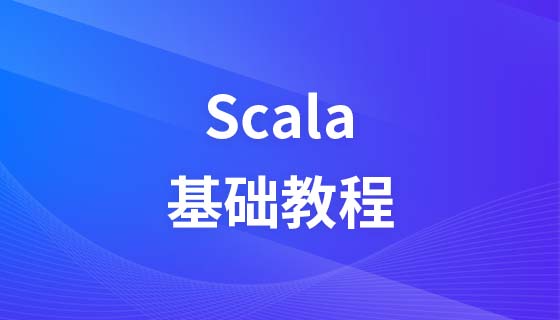
Course Elementary 13926
Course Introduction:Scala Tutorial Scala is a multi-paradigm programming language, designed to integrate various features of object-oriented programming and functional programming.
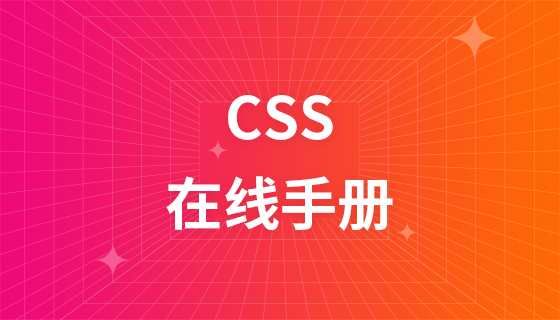
Course Elementary 82482
Course Introduction:"CSS Online Manual" is the official CSS online reference manual. This CSS online development manual contains various CSS properties, definitions, usage methods, example operations, etc. It is an indispensable online query manual for WEB programming learners and developers! CSS: Cascading Style Sheets (English full name: Cascading Style Sheets) is an application used to express HTML (Standard Universal Markup Language).
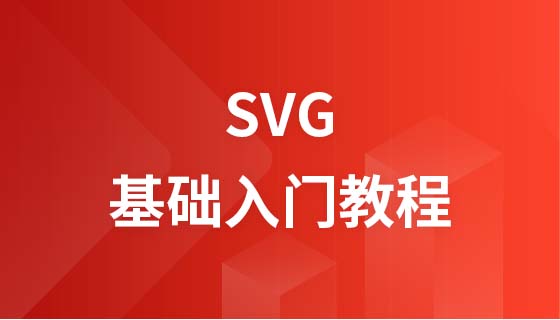
Course Elementary 13265
Course Introduction:SVG is a markup language for vector graphics in HTML5. It maintains powerful drawing capabilities and at the same time has a very high-end interface to operate graphics by directly operating Dom nodes. This "SVG Tutorial" is intended to allow students to master the SVG language and some of its corresponding APIs, combined with the knowledge of 2D drawing, so that students can render and control complex graphics on the page.
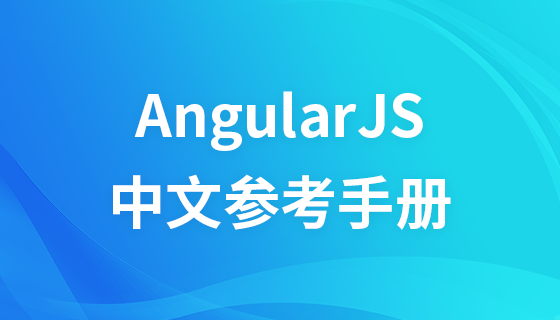
Course Elementary 24731
Course Introduction:In the "AngularJS Chinese Reference Manual", AngularJS extends HTML with new attributes and expressions. AngularJS can build a single page application (SPAs: Single Page Applications). AngularJS is very easy to learn.

Course Elementary 27566
Course Introduction:Go is a new language, a concurrent, garbage-collected, fast-compiled language. It can compile a large Go program in a few seconds on a single computer. Go provides a model for software construction that makes dependency analysis easier and avoids most C-style include files and library headers. Go is a statically typed language, and its type system has no hierarchy. Therefore users do not need to spend time defining relationships between types, which feels more lightweight than typical object-oriented languages. Go is a completely garbage-collected language and provides basic support for concurrent execution and communication. By its design, Go is intended to provide a method for constructing system software on multi-core machines.
Laravel Modal does not return data
2024-03-29 10:31:31 0 1 666
Can I use the automatic generation module of thinkphp5 in Windows 7 system? How to configure and use
2017-10-10 17:04:14 0 2 1458
2017-10-10 19:25:59 0 4 3012
To use mcrypt_get_key_size() in php study, how to enable mcrypt_
2017-10-10 19:47:34 0 1 1234
Detecting login status and preventing repeated login status in TP5 - My page is wrong
2017-10-10 22:49:15 0 0 1253